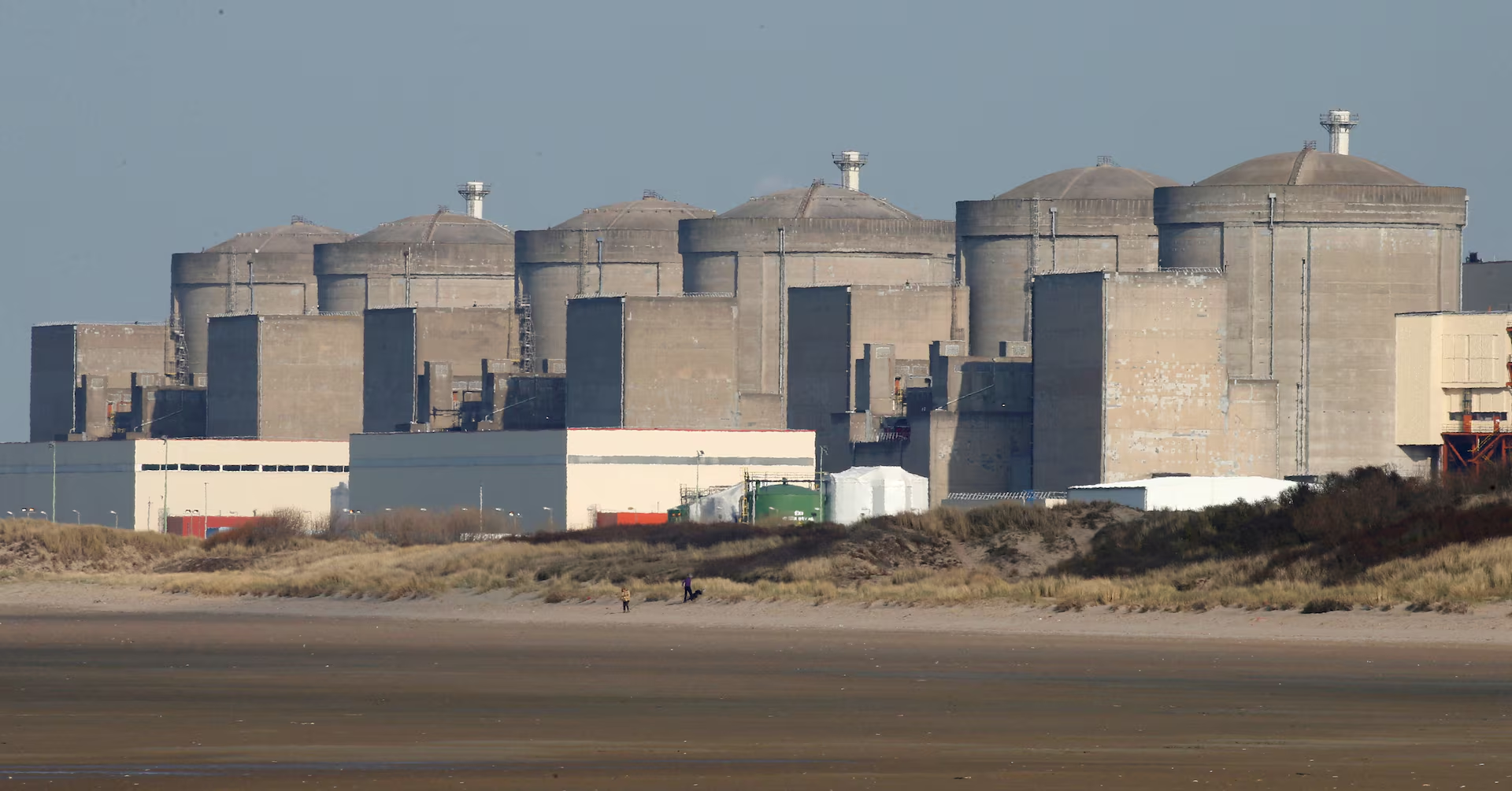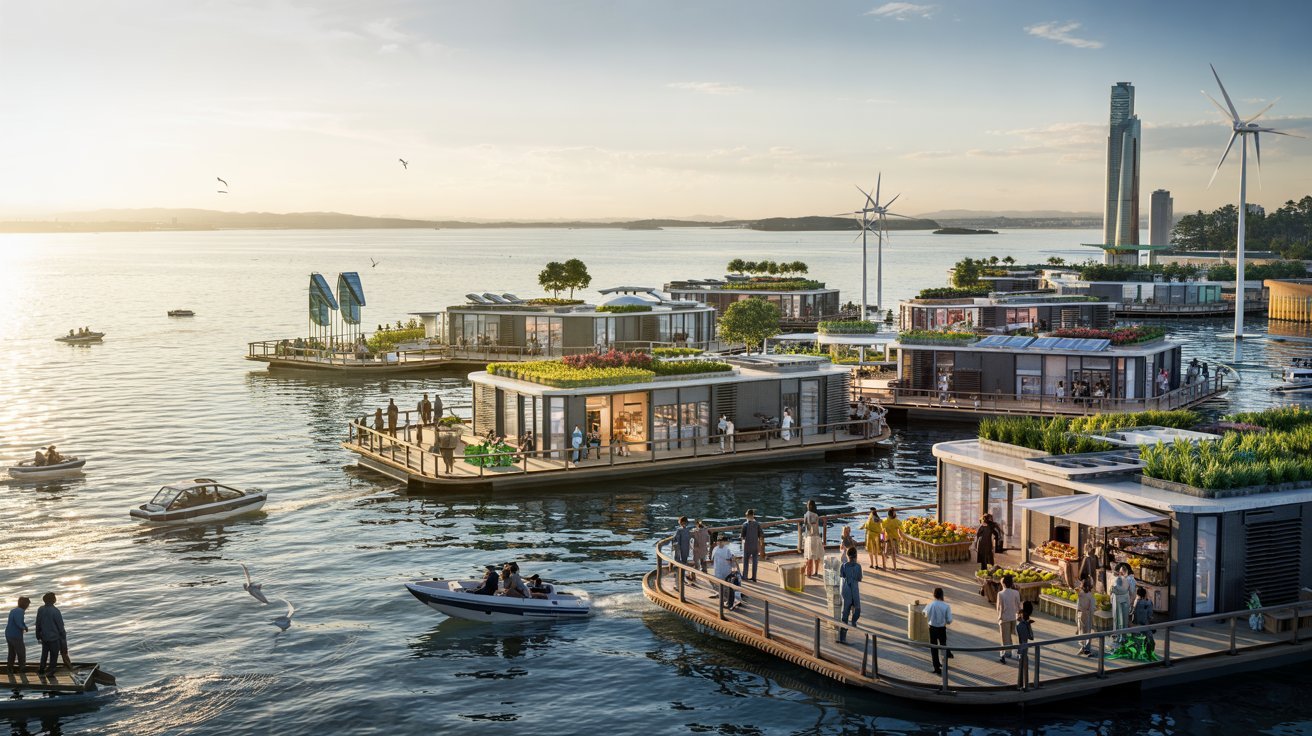When the world talks about ground-breaking infrastructure projects, it’s hard for China’s name not to come up. Recently, engineers in China pulled off something so unusual and visually stunning that it captured attention across the globe. In Guizhou Province, a massive bus terminal was rotated yes, literally rotated by 90 degrees without demolishing it.
It sounds like something straight out of a movie scene, but this is real-life engineering at its finest. The feat combined innovation, precision, and a touch of boldness that has now made its way into engineering history books.
How It All Began
The project began as part of a new railway expansion in Guizhou. A brand-new railway line needed to be laid out, but there was one major obstacle in the way a large, fully functional bus terminal.
Under normal circumstances, such situations have a predictable solution: demolish the old structure and rebuild it elsewhere. But this time, the engineers thought differently. Instead of tearing the terminal down and disrupting services for years, they asked a daring question: “What if we just turn it?”
This idea sparked one of the most fascinating engineering missions in recent memory. The goal was simple yet ambitious rotate the terminal 90 degrees so it no longer stood in the railway’s path, all without dismantling it.
The Technology Behind the Rotation
To achieve this, engineers used high-tech hydraulic jacks and sliding platforms capable of handling extreme weight. First, the entire building was shifted onto a specially constructed steel base. This base allowed the structure to be moved without damaging its foundation.
Once secured, the rotation process began. Using precision control systems, the engineers slowly turned the massive building, ensuring that every centimeter of movement was monitored. The process wasn’t just about moving concrete and steel it required protecting all the building’s functional systems.
Power lines, water connections, and communication cables had to remain intact and operational throughout the maneuverer.
The rotation wasn’t done in a hurry. The movement was painstakingly slow to avoid structural stress. At every stage, sensors and monitoring equipment checked for the slightest vibrations or potential cracks. It was as much a test of patience as it was of engineering skill.
The Challenges Faced
Moving such a massive structure is far from simple. The first major challenge was the weight of the terminal several thousand tons. Designing a rotation system that could support and shift such a load required months of planning.
The second challenge was preparing the foundation so that it could withstand the movement without causing cracks or long-term damage. Finally, the team had to make sure the building would stop exactly at a 90-degree angle not a fraction more, not a fraction less.
Precision was everything. Even a few centimeters of error could mean costly corrections or, worse, compromise the building’s structural safety.
Why Not Just Rebuild?
If the terminal had been demolished and rebuilt, the project would have taken years and cost billions of yuan. More importantly, it would have caused huge inconvenience for the daily commuters who rely on the terminal.
This innovative rotation method saved both time and resources. It also allowed the terminal to continue serving passengers during parts of the project, minimizing disruption to the local population.
When videos of the rotation surfaced on social media, they went viral almost instantly. Many viewers called it “magic of engineering,” while others admitted they couldn’t believe such a thing was even possible.
Of course, there were sceptics too, questioning whether the structure would remain as safe and strong after the rotation. The engineering team assured the public that every international safety standard had been followed.
A Lesson for the World
This achievement is more than just a technical milestone it’s a lesson in problem-solving. It shows that with innovative thinking and disciplined execution, even the biggest challenges can have surprising solutions.
China’s engineers proved that modern technology, when applied creatively, can do more than just build it can adapt, preserve, and reimagine existing infrastructure.
As urban areas continue to expand worldwide, space will become more limited, and traditional “tear down and rebuild” approaches will not always be practical. Projects like the Guizhou bus terminal rotation hint at a future where bold, unconventional solutions might become the norm.
For engineering students and professionals, this project could serve as a case study for decades to come a reminder that sometimes the smartest way forward is not to start over, but to move what you already have in an unexpected way.
Conclusion
The 90-degree rotation of the Guizhou bus terminal is proof that with the right mix of technology, creativity, and flawless execution, no problem is too big to solve. This was not just a construction project it was a demonstration of vision and courage.
It stands as a powerful example for future generations: if you dare to think differently, you can quite literally turn the world in your favour.




